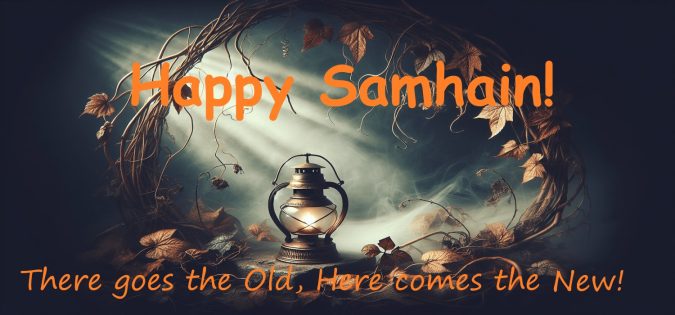Good Evening everyone. I just thought I’d write a quick little post here to wish you all a very wonderful and happy Samhain.
Once again, we reach that time of year again where we get ourselves warm and cosy as much as we can. For once again, we approach the end of another year and it’s time to say goodbye to the old year and welcome the new.
Happy Samhain everyone!
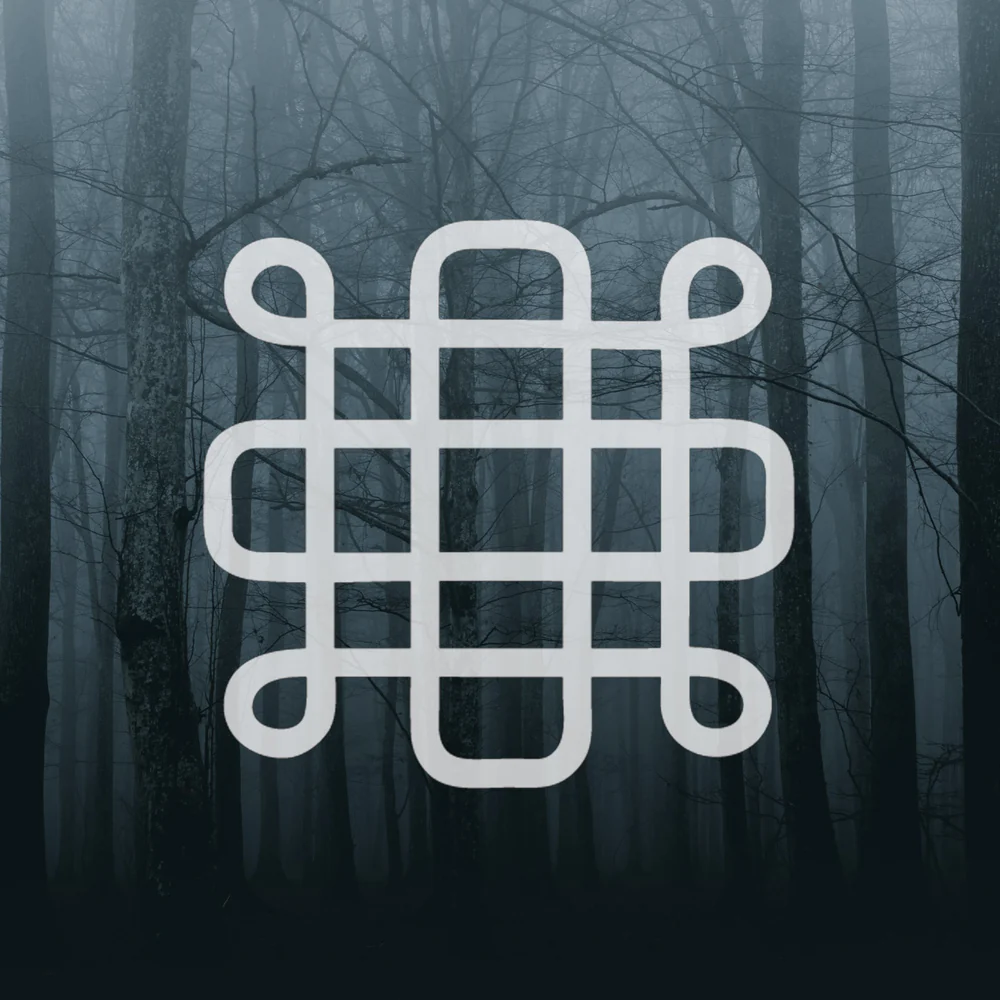
So, here we are again at that time of year where an old cycle ends and a new one begins. For many of us, we recognise the old pagan festival of the Samhain which marks the New Year. For many, it is the time of year where they can get dressed up in their favourite fancy dress outfit and go Trick-or-treating as they too also recognise the Samhain by it’s modernised name – Halloween.
Whatever our customs, beleifs or view on the occasion, it is for all of us a time of Transition. The Transition from the light nights into the dark nights. The summer into the winter. The light half of the year into the dark half. It’s that time of year where we can settle down and baton down the hatches for the winter months secure in the knowledge that everything’s taken care of for this year. At least, thats what we aspire to do. I certainly do anyway.
The Origins of Samhain
The name Samhain (pronounced Sah-Wain) was an old Celtic (Scottish and Irish Gaelic) word for the ancient Celtic New Year. I say “Celtic” in reference to the word “Samhain”. But most other Pagan cultures throughout Europe would have celebrated the same festival but with a different name. The word itself means “The end of a cycle or season” or more specifically, “End of Summer”.
It is popularly celebrated from Sundown on the 31st of October through to the evening of the 1st of November. It is Traditionally celebrated as the Ancient Celtic or Pagan New Year. However, it is a modernisation somewhat to hold firmly to the 31st of October as the date is subject to the more modern Gregorian calendar. The ancient Celts along with most other pagan civilisations would have used the 13th month calendar, marked by the seasons of the moon. This means that sometimes the actual Samhain falls on different calendar days each year. But the average date is estimated to be the 31st of October. So thats Traditionally when it’s celebrated these days.
However, it just so happens that this year, the actual Samhain of the more accurate and natural Lunar calendar that the ancient Celtic civilisation worked with, does on this occasion fall upon the 31st of October. It also just so happens for me that the 1st of November is also my Anniversary of starting to Transition. My Traniversary. So, I guess I could say I have a double celebration.
Crossing the Threshold
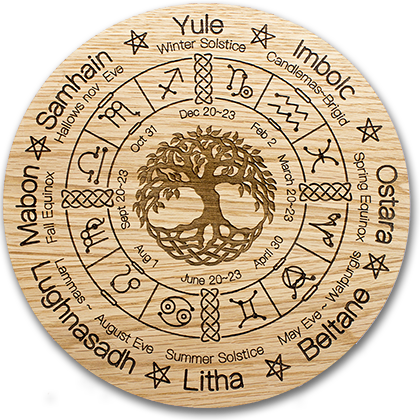
The meaning of the word Samhain is the End of a season or the end of summer and thats exactly what the festival marks. The crossing over the threshold from the light half of the year, into the dark half. From those long summer days and warm weather with lots of productivity, into the short days and long nights of cold and wet weather with less productivity and more hibernation.
Many people mistake the Celtic Cross for a Crucifix. Granted, this was encouraged by the Roman Catholic Church who adopted and adapted Europe’s pagan culture into Christian. So the Celtic Cross was put on a longer pole and made out to be a Celtic version of the Crucifix. But it had absolutely nothing to do with Crucifix’s or Christianity at all. It was a Calendar.
The Celtic Cross
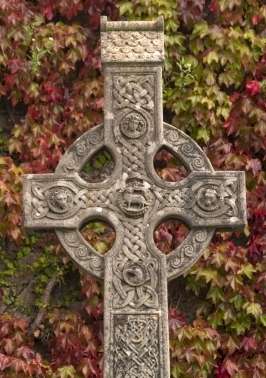
When you look at the circle of the Celtic cross, Imagine that being the circle of the year. As if it was a clock face, Imagine the point at 12 o’clock being Midwinters day (21st of December). Now follow the wheel clockwise around the seasons. through Spring, Summer and Autumn before arriving back at winter again at the top.
Now Look at the lines that you can actually see on the Celtic Cross. Those lines are the solstice and Equinox lines. The Point where the vertical line meets the circle at 12 o’clock is the Winter Solstice. Now, if you follow the line right through the circle to the opposite side at 6 o’clock, that point marks the Summer Solstice. Similar with the Equinox lines. One end, at 3 o’clock marking the spring Equinox. The opposite end of the year being marked as the Autumn Equinox at 9 o’clock..
Now imagine 2 diagonal lines running Criss-Cross through the centre of the circle, in between the horizontal and vertical lines you see on the cross. Each of the Four points where the lines meet the circle, marked an Important event. The line running from NW to SE marks the threshold between the Light and Dark half’s of the year. Samhain at the NW end marking the Transition into the darkness and at the opposite end, SE, we have the Betaine which marks the Transition back into the light half of the year.

Crossing these lines from SW to NE is the line that marks the Lugnasadh or Lammas Festival at SW and Imbolc festival at NE. Both of these events mark the middle of each half of the year. Imbolc marking the halfway point through the winter months and Lugnasadh marking the halfway through the summer months mark. These seasonal celebrations and events were very important markers of the year for an agricultural civilisation.
A time to celebrate
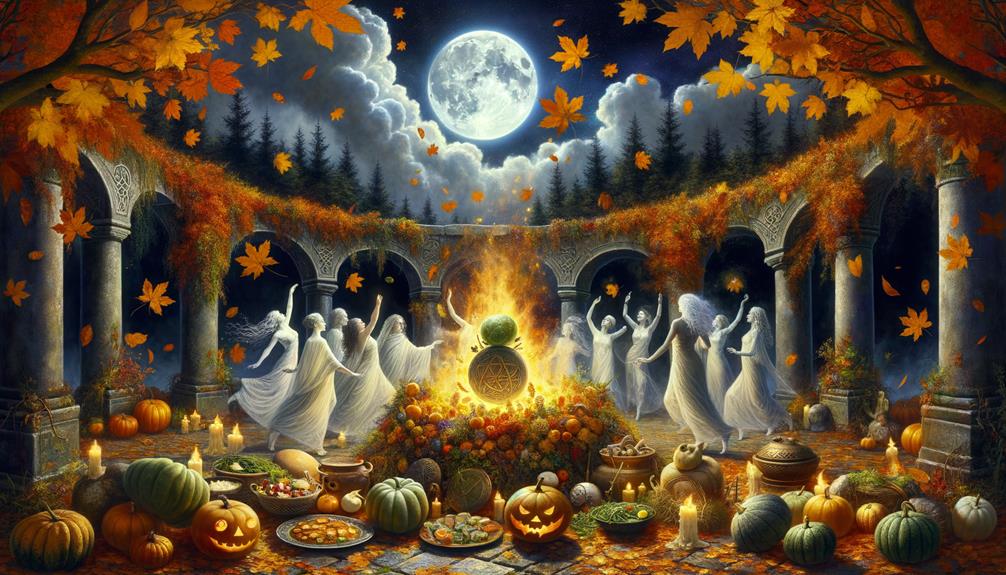
In ancient cultures, people relied very heavily upon the ancient calendar as it had a lot of practical value. Since most of the people then were agricultural, they relied upon the calendar to tell them when to till the land, plant the seeds, cultivate their crops and harvest them. It also told them when to prepare for the winter months and when to be ready for the winter.
The Samhain was generally a time of year where most people had settled down from the summers more active days after having harvested all their crops and got them tucked away nicely for the winter months. Everything else was taken care of and now it was time to baton down the hatches.
The last month of the ancient Celtic lunar calendar is Cantlos, which literally means “Time for Song”. This was the month that was traditionally celebrated because everything was done and now it was time to chill (figuratively and literally speaking. So although the circle of the year has no actual beginning or end, just a series of seasonal markers, the Samhain is generally accepted as the New Year and a great time for celebration.
The Creation of Halloween
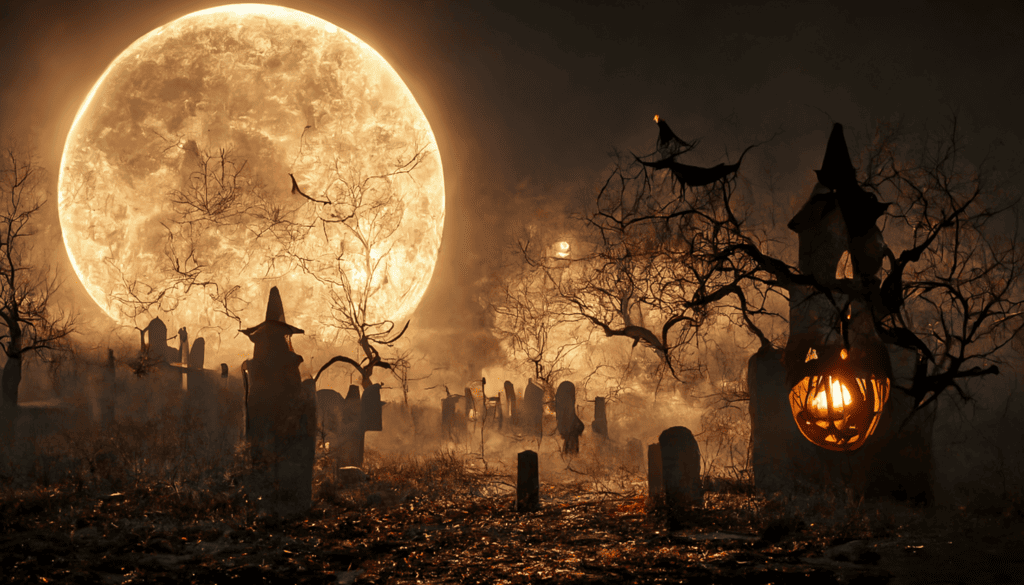
The Samhain festival is still celebrated every year by many who are unaware they are even celebrating it. In modern society, we call it Halloween. Halloween is traditionally portrayed to be a night of evil spooks, witches and Black magic Spells. A night of Ill will and Evil deeds. But Samhain was never Intended to scare anyone.
The reason the friendly and positively upbeat Samhain turned from a Good event into a Bad, evil evening of scary spooks and witches was due to the Introduction of Christianity and the Roman catholic Church’s domination over Europe and the bastardisation of the existing Pagan beleifs , customs and Traditions. As the Samhain was a big event on the calendar, it was still celebrated. But the Church began to villify the occassion as an evil night due to it’s pagan and not christian origins.
They renamed it Halloween and added the Ghouls, Witches, Black cats and Broomsticks to vilify the pagan rites and those who practiced them. Many of whom would have for hundreds of years after be burned on a pyre for witchcraft.
However, Halloween has recently had a new surge of life and is more focused on the getting dressed up part. It is a time for many, just like Christmas to let their hair down and celebrate. After all, why not? The ancient Celts thousands of years ago found it the best time of year for a celebration. Why shouldn’t we do so today?
Heres to the Future!
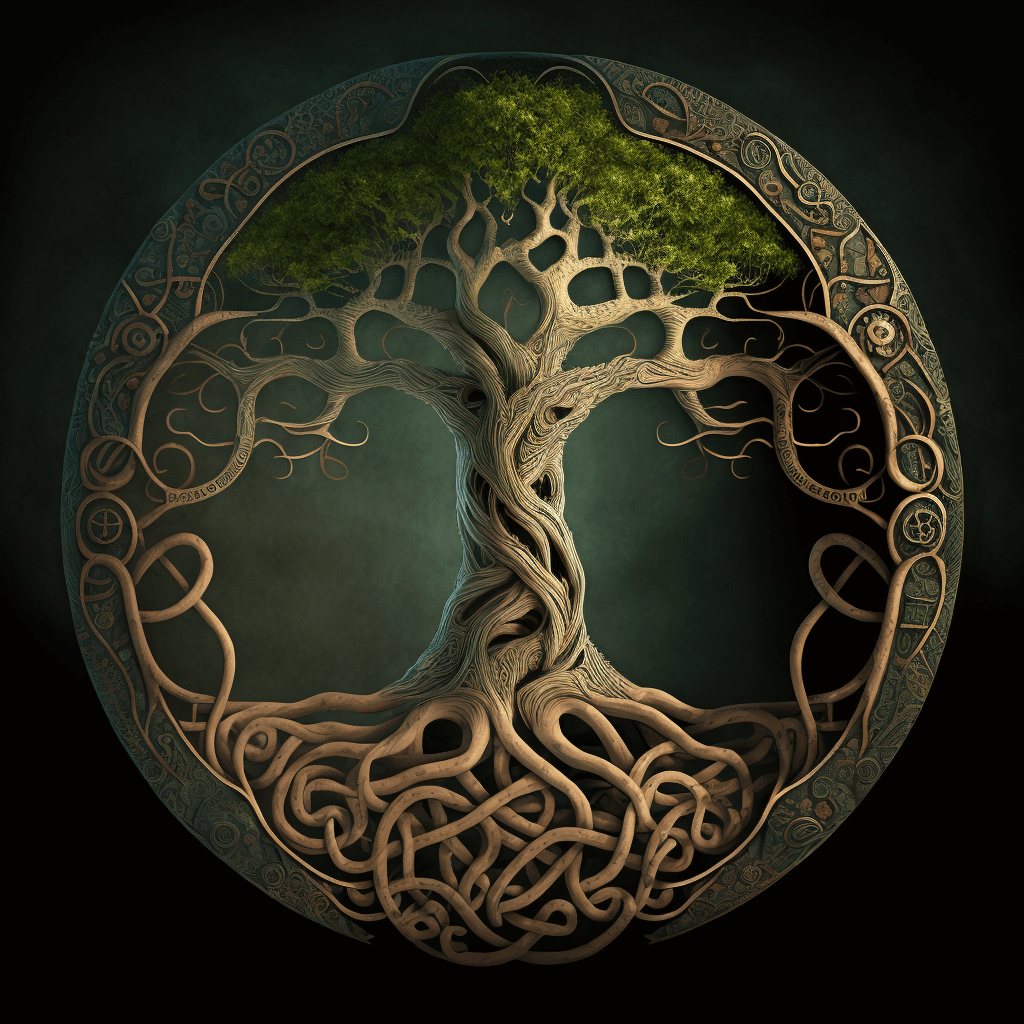
So, really we are at a great time for reflexion and projection. Many people traditionally make their New years resolutions on the 1st of January. But I find that the Samhain is a much more practical time to do so. It’s a time of year that is traditionally held as New Year for a good reason. It’s the perfect time where you settle down after the summer and can reflect on how the next one will go and how you can prepare for that throughout the winter months.
I always find that the winter months are also a great time to read. Long dark nights and plenty of time at home. I just love to indulge myself in knowledge and research and sometimes can sit and read for hours on end or listen to audiobooks.
But I also love to write and you can often see my new posts right here. However, if you enjoy reading my stuff, you can keep yourself updated easily by joining my VIP club. It’s completely Free and only takes a few seconds to join. Simply follow the link below to become a member today and get premium access and notified of all my recent content as soon as it’s published. Just follow the link below and I’ll see you inside!
Happy Samhain Everyone!

